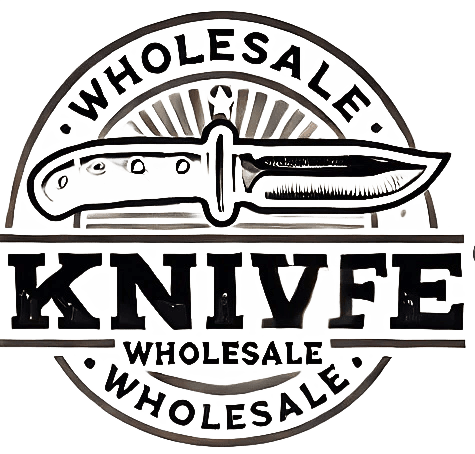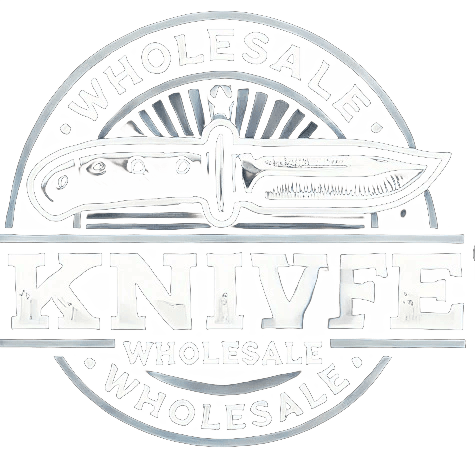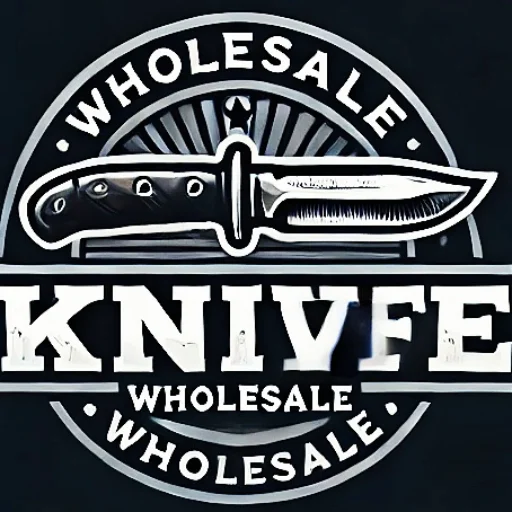Introduction To Utility Knives
Utility knives, also known as box cutters or razor knives, are versatile cutting tools widely used in various industries and everyday tasks. With a compact design and a retractable blade, these knives offer convenience and precision for a range of cutting applications.
Originally developed for the packaging industry, utility knives have evolved to become indispensable tools in many fields. From construction and carpentry to arts and crafts, these knives provide users with a practical solution for cutting materials such as cardboard, plastic, fabric, drywall, and more.
Utility knives are designed for ease of use and safety. The retractable blades can be easily adjusted to the desired length while also offering protection when not in use. This makes them an ideal choice for both professionals and DIY enthusiasts alike.
Whether you need to open packages, trim materials or tackle intricate projects that demand precision cuts, utility knives are the go-to tool that combines functionality with efficiency.
Showing all 5 resultsSorted by popularity
OTF utility knife,pocket edc razor Double Action Auto switchblade Cutting knives for men
$14.99【Upgraded version】Punisher OTF utility Knives,SK5 Blade auto OTF BOX CUTTER
$16.005.5 inch OTF box cutter Utility knife,SK5 10pcs blade
$16.00OTF utility Knives,SK5 Blade Aeronautical Aluminium Handle EDC Outdoor Camping Multitool Tool Paper Cutter Five Blade
$14.99utility Knives,5PCS Blades Survival Pocket Knife Paper Box Cutter Portable DIY Stationery Hand Tools Multitool
$14.99Types Of Utility Knives | |
Utility knives are versatile tools that come in various designs to cater to different needs and preferences. Here are some common types of utility knives available in the market: | |
1. Fixed-Blade Utility Knife: This classic design features a sturdy, non-retractable blade, ensuring durability and strength for heavy-duty tasks. 2. Folding Utility Knife: With a folding mechanism, this type offers portability and safety as the blade can be easily tucked away when not in use. 3. Snap-Off Blade Knife: These knives have segmented blades that can be snapped off when one section becomes dull, providing a fresh cutting edge instantly. | |
4. Retractable Blade Knife: Designed with a retracting feature, these knives allow you to adjust the blade length according to your cutting requirements while maintaining safety by retracting the blade when not in use. 5. | |
| |
Utility knives are versatile tools that find applications in various industries and everyday tasks. One common use of utility knives is in construction and carpentry, where they are employed for cutting materials such as drywall, insulation, and roofing shingles. These knives are also handy in arts and crafts projects, allowing for precise cutting of paper, cardboard, or fabric. In the kitchen, utility knives serve a multitude of purposes like slicing fruits and vegetables or trimming meat. | |
Additionally, these knives are useful in outdoor activities like camping or hiking for tasks such as cutting ropes or opening packages. The compact size and retractable blades make them convenient for carrying in pockets or toolboxes. With their wide range of uses, utility knives have become an essential tool for professionals across various fields as well as individuals seeking a reliable cutting instrument for everyday needs. | |
| |
The design of utility knives is tailored to enhance versatility and practicality in various tasks. These knives typically feature a retractable blade mechanism that allows users to adjust the blade length as needed, ensuring safety during storage and transportation. Utility knives often have an ergonomic handle with a textured grip, providing a comfortable and secure hold for extended periods of use. | |
Many models incorporate a quick-change blade system, allowing for swift and effortless replacement of dull blades. The blades themselves are usually made from durable materials such as carbon steel or stainless steel, ensuring sharpness and longevity even when subjected to heavy-duty cutting tasks. Some utility knives also offer additional features like built-in storage compartments for spare blades or integrated wire strippers, further enhancing their functionality. | |
With their thoughtful design and practical features, utility knives become indispensable tools for professionals in various fields including construction, DIY projects, crafting, and more. | |
| |
1. Choose the right knife: Select a utility knife that suits your task. Ensure it has a retractable blade, a secure locking mechanism, and an ergonomic handle for better grip and control. 2. Wear appropriate protective gear: Prioritize safety by wearing cut-resistant gloves and safety glasses to shield your hands and eyes from potential injuries. 3. Inspect the knife before use: Before starting any cutting task, inspect the blade for any signs of damage or dullness. | |
Replace blades that are chipped or worn out to prevent accidents. 4. Use a suitable cutting surface: Always work on a stable and flat surface when using a utility knife to avoid slips or mishaps that may lead to cuts. 5. Maintain proper hand placement: Hold the utility knife firmly with all fingers away from the path of the blade. Keep your other hand well clear of the cutting area. | |
| |
Proper maintenance and care of utility knives are essential to ensure their longevity and optimal performance. After each use, it is crucial to clean the knife thoroughly. Use warm water, mild dish soap, and a sponge or soft cloth to remove any dirt, grease, or residue. Avoid using harsh abrasives or soaking the knife for prolonged periods. To maintain a sharp cutting edge, regular honing is necessary. | |
Invest in a quality honing tool and gently slide the blade across it at an angle. This process will realign the blade's edge, enhancing its cutting efficiency. Additionally, periodically lubricate the folding mechanism of folding utility knives with a few drops of lightweight oil. This helps prevent rusting and ensures smooth opening and closing. Lastly, store your utility knife in a safe place away from moisture and extreme temperatures to prevent corrosion or damage. | |
| |
When it comes to utility knives, selecting the right one for your specific needs is essential. With a wide range of options available, understanding what factors to consider can help you make an informed decision. Firstly, consider the blade type. Utility knives typically come with either retractable or fixed blades. Retractable blades offer versatility as they can be adjusted to different lengths while providing safety when not in use. | |
Fixed blades, on the other hand, are sturdier and ideal for heavy-duty tasks. Secondly, evaluate the handle design. Look for a utility knife with an ergonomic handle that offers a comfortable grip and reduces hand fatigue during prolonged use. Additionally, check if the handle is made of durable materials like rubber or high-quality plastic. Lastly, assess additional features such as blade replacement mechanism and storage options for spare blades. | |
These features can enhance convenience and prolong the lifespan of your utility knife. |




